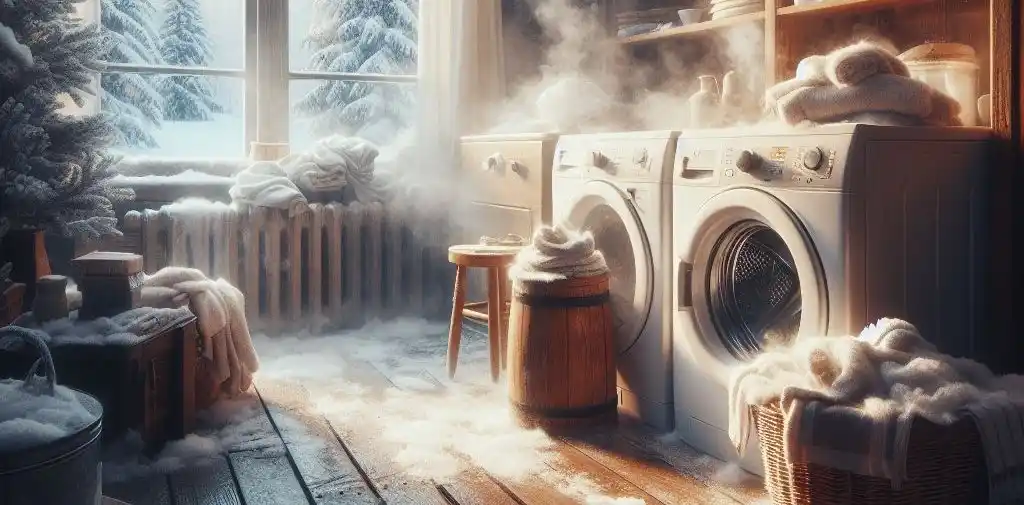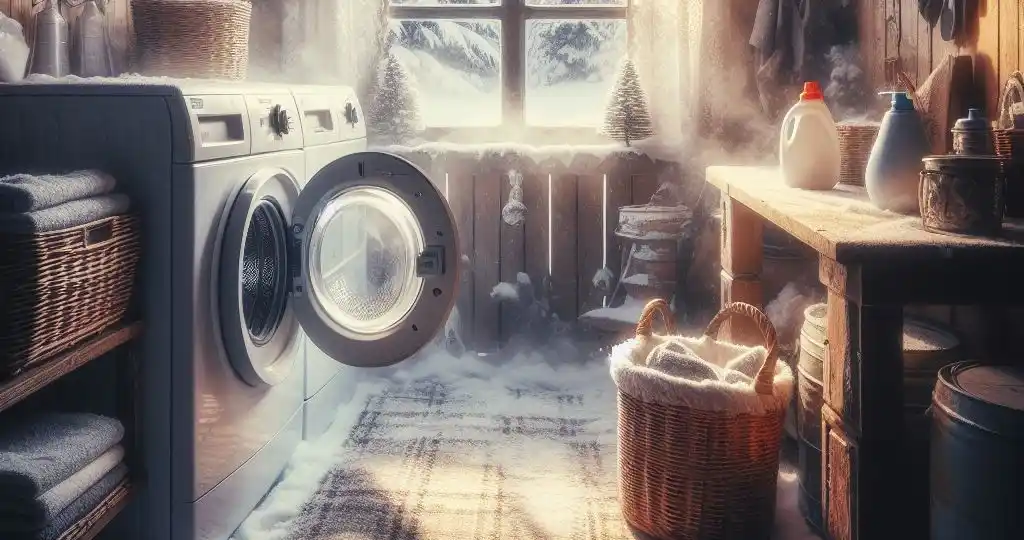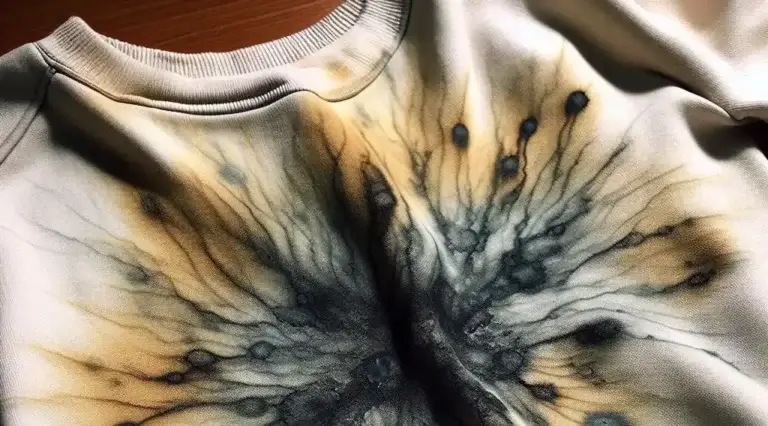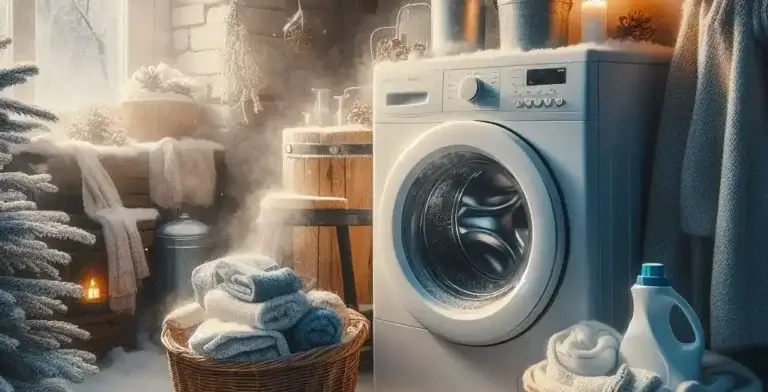When Should I Use Tap Cold on My Washing Machine? Your Complete Guide for Tap Cold vs Cold Water
Are you confused about when should I use tap cold on my washing machine? Should you always wash clothes in cold water or are there times when warm or hot water is better?
Washing clothes is a regular chore, but choosing the right water temperature can make a big difference in getting them clean while also saving energy and money. This comprehensive guide covers when should I use tap cold on my washing machine and everything you need to know about using tap cold and hot water for laundry.
Table of Contents
Why Tap Cold Can Be the Best Setting
Washing clothes in cold water has many advantages:
- Saves energy: Heating water accounts for 90% of the energy used to wash clothes. The usage of
- Prevents fading: Hot water may cause dyes and prints on clothes to fade faster while using cold water can help keep the color intensity. Washing in a washer with hot and cold water helps fabrics maintain their color.
- Reduces shrinking using both cold and hot water: Heat causes many fabrics to shrink. Tap cold washes are gentler on clothes.
- Saves money: Washing loads in cold water can help reduce your energy and water bills. Clothes will also last longer before needing to be replaced.
- Gets clothes clean: Modern laundry detergents are formulated to work well in cold water. With the difference between cold and tap, many stains and soils can be remarkably cleaned with tap cold washes.
This Cleantok article will explore when it’s best to wash using your washing machine’s tap cold and hot setting, when to use warm or hot water instead, and how cold and hot water can help in various washing situations.
When to Use Tap Cold

For most laundry loads, tap cold is the preferred washing machine setting. Here are common situations when using cold and tap cold water in a washer works extremely well:
1. Colors and Darks
- Washing the machine in cold and hot water helps preserve dyes and prevent the fading of colors over time. This goes for both dark and bright clothes.
- Tap cold washes keep darks from looking dingy and grays from taking on a brown tint. Whites stay whiter as well, especially when the water cold setting is used.
2. Delicates and Fine Fabrics
- Silk, satin, lace, linen, and other delicate fabrics are best washed in cold water to prevent damage.
- Rayon and lightweight summer clothing benefit from gentle cold water cycles. Avoid using a dryer on high heat as it can cause them to shrink or warp.
3. Sturdy Cottons and Denim Jeans
- Everyday cotton fabrics, heavyweight denim, and items for sensitive skin are durable enough to get clean in both cold and hot washes.
- Sturdy fabrics and jeans do not require hot water. Repeated hot washes may cause premature wear.
4. Athletic and Performance Wear
- moisture-wicking performance fabrics and spandex workout wear should always be washed in cold.
- Heat can damage the stretchy fibers in athletic clothing over time, hence cold water helps reduce such risk.
5. Brightly-Colored Baby Clothes
- Protect those cute baby clothes from fading by washing them from day one in tap cold water.
- Many baby clothing items should be washed gently anyway, making cold water perfect.
6. Loads with Non-Bleeding Colors
- As long as you’re washing colors that do not bleed, utilizing water cold in a washer works excellently.
- Sort laundry correctly into lights, darks, and whites in a washer to prevent dye transfer issues. When using a
When You May Want Warmer Water
There are 6 reasons why cold water is suitable for most laundry situations, yet there are times when you may want to use warm water. Here are common reasons to wash clothes using a warm or hot water setting:
1. Heavily Soiled Items
- Grease-stained clothes and extremely dirty items may need warmer water to get them clean.
- The use of hot water to reach the right degrees Fahrenheit helps dissolve soils and allows detergents to work better when fabrics are soiled.
2. Whites Prone to Stains
- Whites that easily stain, like bed sheets and towels, often come cleaner when washed with warm or hot water cycles.
- The higher heat of around 60 degrees Celsius helps remove contaminants like sweat, body oils, and skin cells that can make your whites dingy over time.
3. Disinfecting Washable Items
- Hot water is better for disinfecting and sanitizing washable items around the home.
- This includes cleaning rags, cloth napkins, and other reusable textiles where germs and sensitive skin are a concern.
4. Sturdy Synthetics and Blends
- Some synthetic fabrics release ground dirt better with warmer water, reaching a certain degree Fahrenheit in the washer.
- Workout wear, microfiber cloths, and other sturdy blends can handle occasional hot washes.
5. Diapers
- Both cloth and disposable diapers tend to come cleaner when washed with warm or hot water.
- The added heat helps remove organic waste that could get left behind in cold water.
6. Odorous Laundry
- For smelly laundry loads like sports uniforms or sweaty socks, warm or hot water washes work best.
- Heat allows more dissolution of odor-causing residues.
Detergents Formulated for Cold Water

Modern laundry detergents are designed to work well washing clothes in cold water:
- Surfactants: Removing dirt no longer requires hot water due to improved surfactant technology that works in colder temperatures.
- Enzymes: Many detergents contain enzymes that break down proteins and carbs in stains even when washing in tap cold conditions.
- Load Washer Bleaches and Cleantok: Some brands have cold water-activated bleaches and whitening agents that brighten fabrics.
- Pre-treat sprays are best to use when washing in both hot and cold water. Spot treating with pre-wash sprays helps loosen set-in stains so detergents can remove them more easily in cold washes.
Look for “cold water formula” on detergent labels when shopping. Liquid detergents tend to work better than powder varieties in cold water.
More Tips for Effective Cold Water Washing
Follow these extra tips from Cleantok to improve results when washing laundry in cold and hot water:
- Use the correct amount of detergent recommended for cold temperatures. Too little will not clean well, while too much can leave a residue.
- Add white vinegar or laundry booster products to help dissolve soils in colder water conditions. They help enhance cleaning, especially when washing clothes with cold water.
- Pre-treat any tough stains with a dedicated stain remover before washing in cold water. Using warm water gives the detergent a head start attacking set-in stains in the load washer.
- Use the gentle or delicate cycle on your washing machine to provide a longer wash time. This allows more time for cold water cleaning.
- Wash dark colors separately from lights and whites since dye transfer is more likely in cold water. With the use of a washer, properly sorting helps clothes maintain their true colors.
When to Use “Tap Cold” vs “Cold” Settings
Some washing machines have both “Tap Cold” and “Cold” water temperature options. What is the difference and when should you use each one?
- Tap Cold – This setting uses the unheated water directly from your home’s water supply pipes. The cold water supply temperature, especially in cold climates, will vary throughout the year, from quite cool in winter to lukewarm in summer. Tap cold water saves the most energy.
- Cold – This setting mixes some warm water from your home’s water heater with the incoming tap water. It produces an ideal cold wash temperature of around 15.5 degrees Celsius year-round. Use cold for gently getting clothes clean in cooler weather when the tap water itself may be too chilly.
Choose tap cold in the warmer months when input water temperatures are moderate to warm. During winter, select the standard cold setting to prevent under-washing laundry loads due to excessively cool incoming water.
FAQs: When Should I Use Tap Cold on My Washing Machine
You probably still have some questions about tap cold laundry. Review these frequently asked questions for additional help:
Will detergents work as effectively in cold water?
Yes, use cold and hot water in the load washer! Modern detergents contain surfactants and enzymes that are specially formulated to work with varying degrees Celsius in cold-temperature laundering. Make sure to use a detergent that states it’s suitable for use with a washer’s cold water supply.
Do you need to use more detergent washing in cold?
It depends on the setting of your washer. Before you’re about to wash, follow the detergent manufacturer’s recommendations for the load size and soil level. In some cases, they suggest adding a bit more detergent or a laundry booster into the washing water for optimal cold-water washing.
Should whites be washed in warm water instead? While warm or hot water was once recommended for whites, most detergents now contain whitening agents and bleaches that allow whites to come clean in cold water. However, if you have dingy whites with set-in stains that require heavy-duty cleaning, then warm may work better.
Can you wash greasy, oily stains in cold water?
Light grease and oils can often be washed out with cold water. But for heavier grease and set-in oily stains, washing in warm or hot water allows the best cleaning. The heat helps emulsify and dissolve the grease so detergents can remove it more effectively.
Will washing clothes in cold water save money? Yes, washing clothes in tap cold water instead of warm or hot can lead to significant energy and cost savings over time. You spend less on water heating and reduce electric or gas usage overall.
The Bottom Line When Should I Use Tap Cold on My Washing Machine
- Use the “tap cold and hot” setting to wash most laundry loads. Modern detergents are cleaned effectively in
- Whites, colors, and delicates generally come out fresher when washed using your machine’s cold or tap cold option.
- Warm or hot water offers benefits for heavily soiled laundry, disinfecting items, and keeping whites stain-free. Using cold water, use as needed in a washer.
- Adjust water temperature based on detergent directions and how dirty clothes are for ideal cleaning results.
Follow this advice to get all the advantages of energy-efficient, money-saving cold water laundering while still properly washing all your clothes and fabrics. Using your washing machine’s tap cold setting correctly keeps clothes looking their best for longer, especially when using a cold cycle on the dryer as well!








